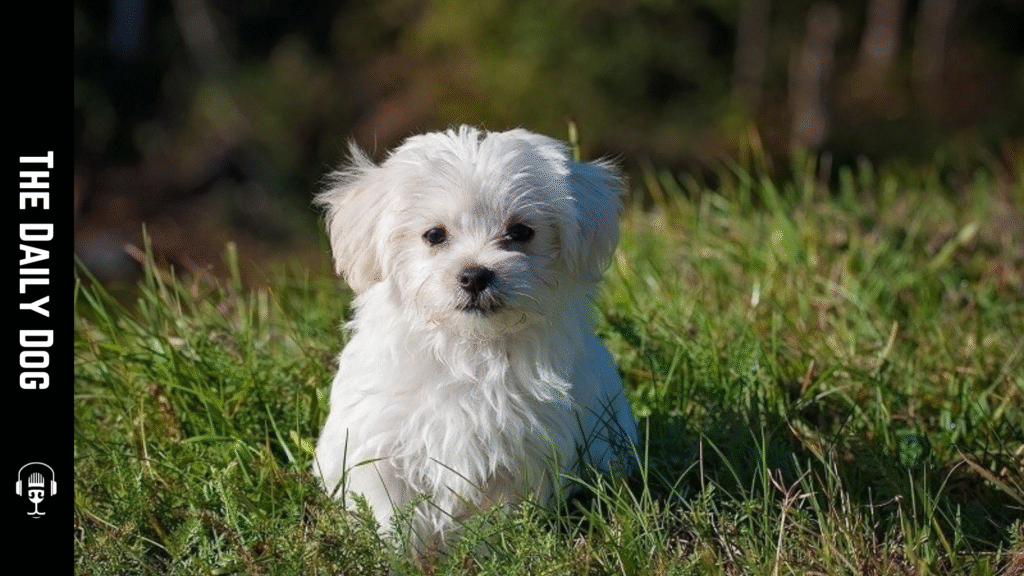Are you considering adding a furry companion to your family? If so, the Bolognese might be the perfect match. Known for their adorable appearance and affectionate nature, Bolognese dogs are a delightful breed that has captured the hearts of dog lovers worldwide. This comprehensive guide will explore everything you need about the Bolognese, including their history, characteristics, temperament, care requirements, health considerations, and tips for prospective owners.
Introduction to the Bolognese: A Unique and Lovable Breed
The Bolognese, also known as the Bolognese Dog or Bolognese Boo, is a small, toy breed that originated in Italy. They are in the companion dog category, prized for their fluffy white coat and charming personality. Despite their small size, Bolognese dogs have a rich history dating back centuries, making them a fascinating breed to discover.
Their distinctive appearance, characterized by a fluffy, white coat and expressive eyes, combined with their friendly and loyal demeanor, makes them an excellent choice for families, singles, and seniors. This comprehensive guide will help you understand this remarkable breed’s origins and daily care routines.
The History and Origin of the Bolognese
The Bolognese’s roots trace back to ancient Italy, particularly the city of Bologna, from which they derive their name. Historically, they were favored by Italian nobility, serving as companions and lap dogs for aristocrats. Their popularity spread across Europe during the Renaissance period, and their loyal nature made them favorites among royalty and the wealthy.
Despite their long history, the breed nearly faced extinction in the early 20th century due to declining popularity and World Wars. However, dedicated breeders in Italy and abroad worked tirelessly to preserve and promote the breed. Today, the Bolognese are recognized by major kennel clubs worldwide and celebrated for their affectionate nature and distinctive appearance.
Physical Characteristics of the Bolognese
Understanding the physical traits of the Bolognese is essential for prospective owners. Here’s a detailed overview:
Size and Weight: Bolognese dogs are small but sturdy, typically standing about 10 to 12 inches (25 to 30 cm) at the shoulder and weighing between 5 and 9 pounds (2.3 and 4 kg).
Coat and Color: Their most striking feature is their white, fluffy, soft, and woolly coat. The coat requires regular grooming to prevent matting and maintain its pristine appearance.
Eyes and Expression: They have dark, expressive eyes that convey warmth and curiosity. Their facial expression is alert and friendly.
Ears and Tail: Ears are small and set high on the head, often carried close to the cheeks. The tail is held high and curls over the back, adding to their adorable look.
Temperament and Personality Traits
The Bolognese is renowned for its affectionate and friendly temperament. They are social dogs that thrive on human companionship and often form close bonds with their owners. Here are some key personality traits:
Loving and Loyal: Bolognese dogs are incredibly loyal and tend to be very attached to their families. They love to cuddle and be involved in daily activities.
Intelligent and Curious: Their intelligence makes them quick learners, although they can sometimes be stubborn. Consistent, positive reinforcement training works best.
Good with Children and Other Pets: Their gentle nature makes them suitable for families with children and other pets. They are usually tolerant and playful.
Alert and Watchful: Despite their small size, Bolognese dogs are attentive and can be good watchdogs, alerting owners to any unusual activity.
Adaptability: They adapt well to apartment living but also enjoy having space to explore and play.
Training Your Bolognese
Training a Bolognese requires patience, consistency, and positive reinforcement. Their intelligence makes them quick learners, but their stubborn streak means they may test boundaries. Here are some training tips:
Start Early: Early socialization and basic obedience training help prevent behavioral issues.
Use Positive Reinforcement: Reward good behavior with treats, praise, or playtime.
Be Patient: Avoid harsh methods; Bolognese dogs respond best to gentle, consistent training.
Socialize Extensively: Expose them to different people, environments, and other animals to promote confidence.
Housebreaking: Consistency and patience are key; crate training can be practical.
Grooming and Coat Care
One of the most defining features of the Bolognese is their luxurious coat. Proper grooming is essential to keep their fur looking its best and to prevent health issues.
Regular Brushing: Brush their coat at least two to three times a week using a soft-bristle brush or comb to prevent mats and tangles.
Bathing: Bathe as needed, usually once a month, with a gentle dog shampoo.
Trimming: Occasional trimming around the eyes, ears, and paws helps maintain hygiene and appearance.
Ear Care: Check and clean their ears regularly to prevent infections.
Dental Hygiene: Daily teeth brushing helps prevent dental issues common in small breeds.
Health Considerations and Common Ailments
While the Bolognese is generally a healthy breed, they are susceptible to specific health issues:
Patellar Luxation: A common condition in small breeds where the kneecap dislocates.
Hip Dysplasia: Abnormal development of the hip joint.
Progressive Retinal Atrophy (PRA): An eye disorder leading to blindness.
Allergies: They may develop skin allergies or sensitivities.
Dental Problems: Due to their small mouths, dental issues are prevalent; regular dental care is essential.
Responsible breeding and regular veterinary checkups can help mitigate these health risks. Ensure you choose a reputable breeder who screens for common genetic conditions.
Diet and Nutrition
Proper nutrition is vital for maintaining your Bolognese’s health and coat quality. Here are some dietary tips:
High-Quality Dog Food: Feed a balanced diet formulated for small breeds, focusing on high-quality ingredients.
Portion Control: Bolognese dogs are prone to obesity; measure portions carefully and avoid overfeeding.
Fresh Water: Always have fresh water available.
Treats and Snacks: Use treats sparingly and opt for healthy options.
Consult Your Veterinarian: For personalized feeding advice, especially if your dog has health concerns.
Exercise and Activity Needs
Despite their small size, Bolognese dogs are active and enjoy playtime. They require:
Daily Walks: About 20-30 minutes of brisk walking each day.
Playtime: Engage them in interactive games like fetch or puzzle toys.
Mental Stimulation: Their intelligence benefits from training sessions and problem-solving activities.
Indoor Activity: They adapt well to apartment living but enjoy supervised outdoor play.
Consistency and patience are essential to keeping your Bolognese happy and healthy.
Living Environment and Suitability
The Bolognese is an adaptable breed suited for various living environments:
Apartment Life: Perfect due to their small size and moderate exercise needs.
House with Yard: They enjoy outdoor play but should be supervised to prevent escape.
Family Compatibility: Excellent with children and other pets when properly socialized.
Travel and Moving: Their affectionate nature makes them good travel companions, provided they are comfortable and secure.
Bolognese as a Family Pet
The Bolognese’s friendly and gentle disposition makes them ideal family pets. They are particularly good with children, forming strong bonds and enjoying playtime. Their affectionate nature also means they thrive in households where they receive plenty of attention and love.
Choosing a Bolognese Puppy or Adult Dog
When adding a Bolognese to your family, consider:
Reputable Breeder: Ensure the breeder conducts health screenings and provides a clean, caring environment.
Adoption: Check local shelters or breed-specific rescue groups.
Puppy Care: Prepare your home with necessary supplies, and plan for training and socialization.
Adult Dogs: They may come with established temperaments and habits, making them easier to care for in some respects.
Is the Bolognese Right for You?
The Bolognese is a charming, affectionate, and intelligent breed that makes an excellent companion for various households. Their low-shedding coat and friendly temperament are attractive features but require regular grooming and social interaction.
If you seek a small, loyal dog that thrives on human companionship and is suitable for apartment living, the Bolognese might be your perfect match. Responsible ownership, proper training, and regular veterinary care will ensure a happy, healthy life together.
Conclusion
This comprehensive Bolognese guide covers the breed’s history, physical traits, temperament, care needs, and health considerations. By understanding these aspects, you are better equipped to decide whether this lovable breed fits your lifestyle. With proper care and love, a Bolognese can become a cherished family member, bringing joy and companionship for years to come.
Discover the joy of owning a Bolognese—an affectionate, intelligent, and charming breed waiting to become your loyal friend.
We offer a FREE Strategy Call.
Click on the graphic to learn more
Read More


The Miniature American Shepherd: A Comprehensive Guide to the Charming Companion








